Turnover, Retention and the Crusade to Assign “Responsibility”
Robin Schooling
AUGUST 16, 2019
Ask most any HR Leader “what’s your biggest pain point?” and I guarantee that retention/turnover will be up there amongst the top 3 answers. Quite often this answer is partnered up with its companion “recruiting/hiring” since, of course, they share space for all eternity on the organizational mobius strip. Depending upon one’s company, the responsibility for lowering turnover/increasing employee retention may be a shared goal (as it should be) or may belong to a specific department: usually HR.





.jpg)





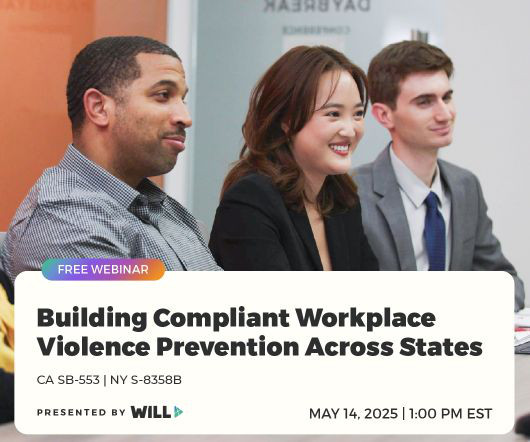



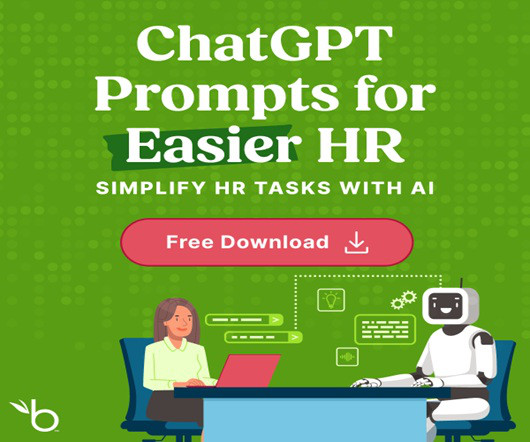


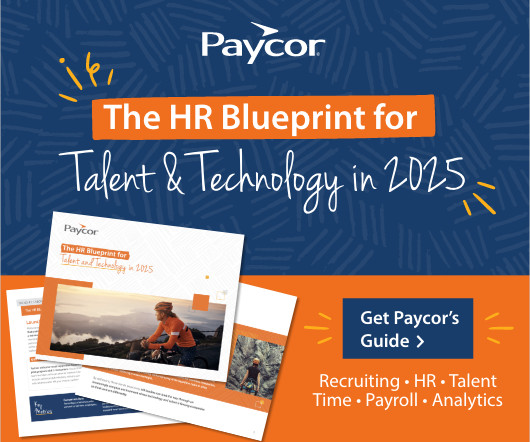


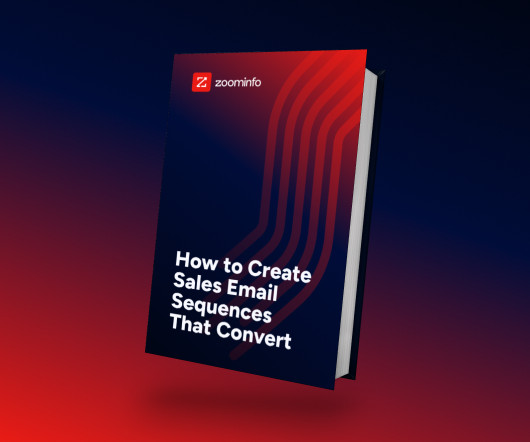

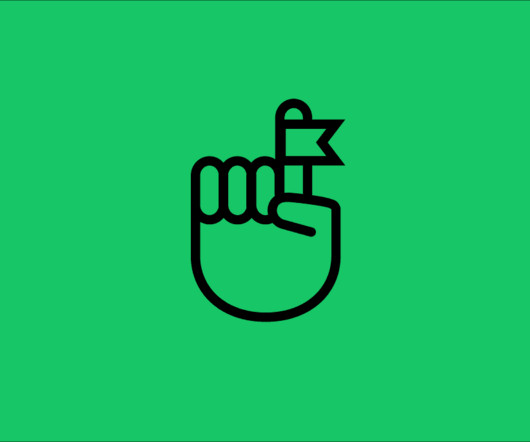















Let's personalize your content